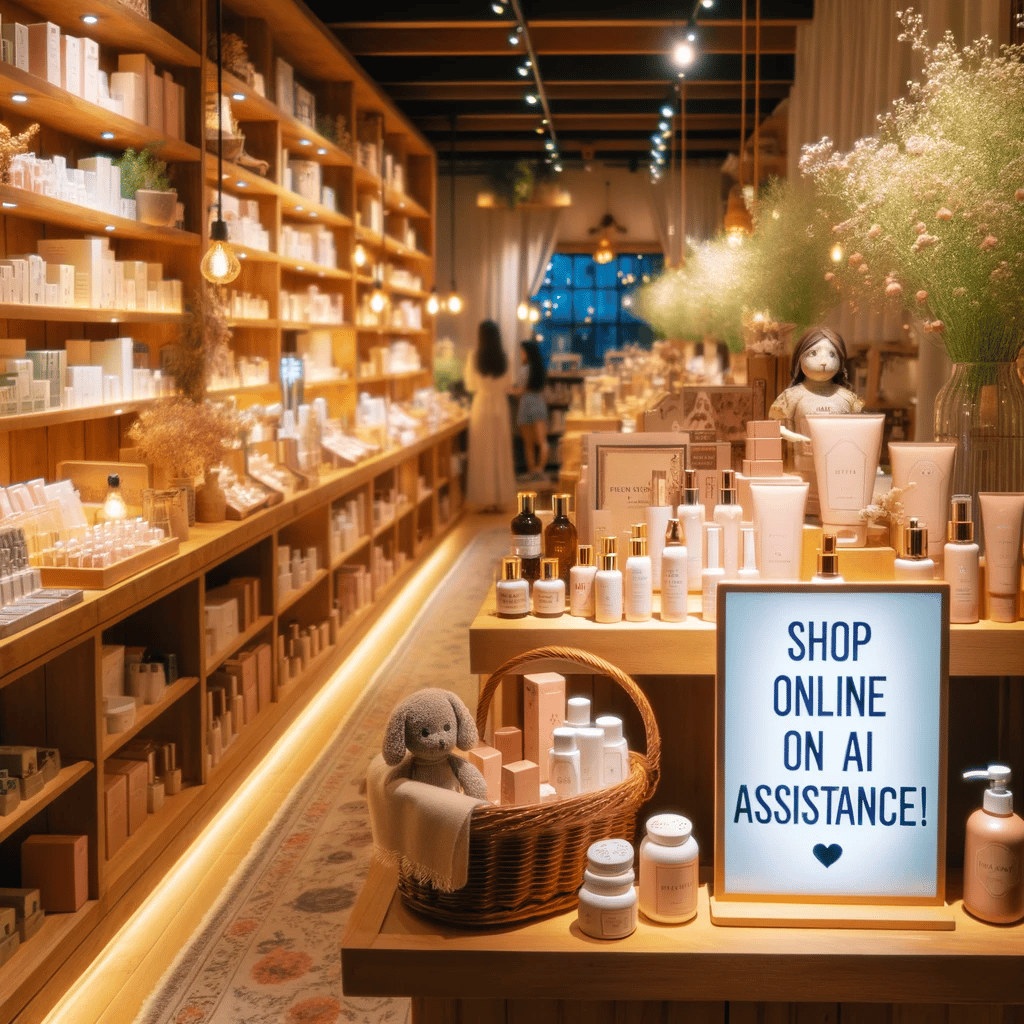- Empowering Small Business Owners with AI
- Posts
- A Comprehensive Look at AI-Powered Chatbots for Shopify Stores
A Comprehensive Look at AI-Powered Chatbots for Shopify Stores
No hypes! No games! No gimmicks!

1. The Evolution of Chatbots in E-commerce:
Early Days: Originally, chatbots were simple rule-based systems that followed predefined scripts. They could only handle specific queries and lacked flexibility.
Rise of AI: With advancements in machine learning, chatbots transitioned from rule-based to being AI-powered, allowing them to understand context, sentiment, and provide personalized responses.
2. The Imperative Need for Chatbots in Shopify Stores:
Consumer Expectations: Modern consumers expect instantaneous responses. A study suggests that 82% of consumers expect an immediate response to sales or marketing questions.
Driving Sales: Chatbots can upsell and cross-sell products, guiding customers towards making purchases.
Handling Volume: Especially during sales events, the volume of queries can be overwhelming. Chatbots ensure no customer is left waiting.
3. Delving into the Integration Process:
Choosing a Tool: Beyond just FAQ bots, there are bots that can handle returns, give product recommendations, and even help in the checkout process. Tools like ManyChat, MobileMonkey, and Tidio offer varied functionalities.
Data Feeding: The more data you feed your chatbot, especially historical customer interaction data, the better it performs. This includes transaction histories, common queries, product details, and more.
Iterative Training: It's not a one-time setup. As the chatbot interacts more, it should be periodically trained to refine its algorithms for better accuracy.
4. Best Practices – Going Beyond the Basics:
Personalization: Modern chatbots can personalize conversations. For example, if a returning customer has bought skincare products, the bot can recommend related products or ask about their experience with the previous purchase.
Avoiding the 'Uncanny Valley': It's essential the bot doesn't pretend to be human. Clear indicators that customers are speaking to a bot and offering a way to connect with human support create trust.
Multilingual Support: For stores with a global customer base, having a chatbot that can interact in multiple languages can be a game-changer.
5. Analyzing Success – Metrics Matter:
Response Time: One of the primary metrics; the goal is to keep it minimal.
Query Resolution Rate: How many customer queries were resolved in the first interaction?
Escalation Rate: How often did the chatbot have to escalate the issue to a human representative? A high rate might indicate the need for better training.
Customer Satisfaction (CSAT) Score: Post-interaction, asking customers to rate their experience helps in gauging their satisfaction level.
6. Real-world Impact – Deep Dive into 'BeautyBliss':
Pre-Chatbot Scenario: BeautyBliss initially had a small customer support team. During sales, they faced backlogs, leading to delayed responses and, in some cases, lost sales.
Post-Integration: With the chatbot handling over 70% of routine queries, their support team could focus on more complex issues. The immediate response from the chatbot led to increased customer trust and higher sales conversions.
Feedback Loop: BeautyBliss continuously collected feedback, leading to the chatbot's iterative improvement. Within six months, the chatbot's accuracy rate was over 92%.
7. The Road Ahead:
Voice Bots: With the rise of voice search and voice assistants, the next evolution could be voice bots integrated into online stores.
Visual Recognition: Imagine chatbots that can recognize products from images and guide customers based on visual inputs!
In essence, for Shopify store owners, embracing AI-powered chatbots isn't just about staying current with technology. It's about enhancing customer experience, improving operational efficiency, and driving business growth. Subscribe this newsletter to not miss valuable information.